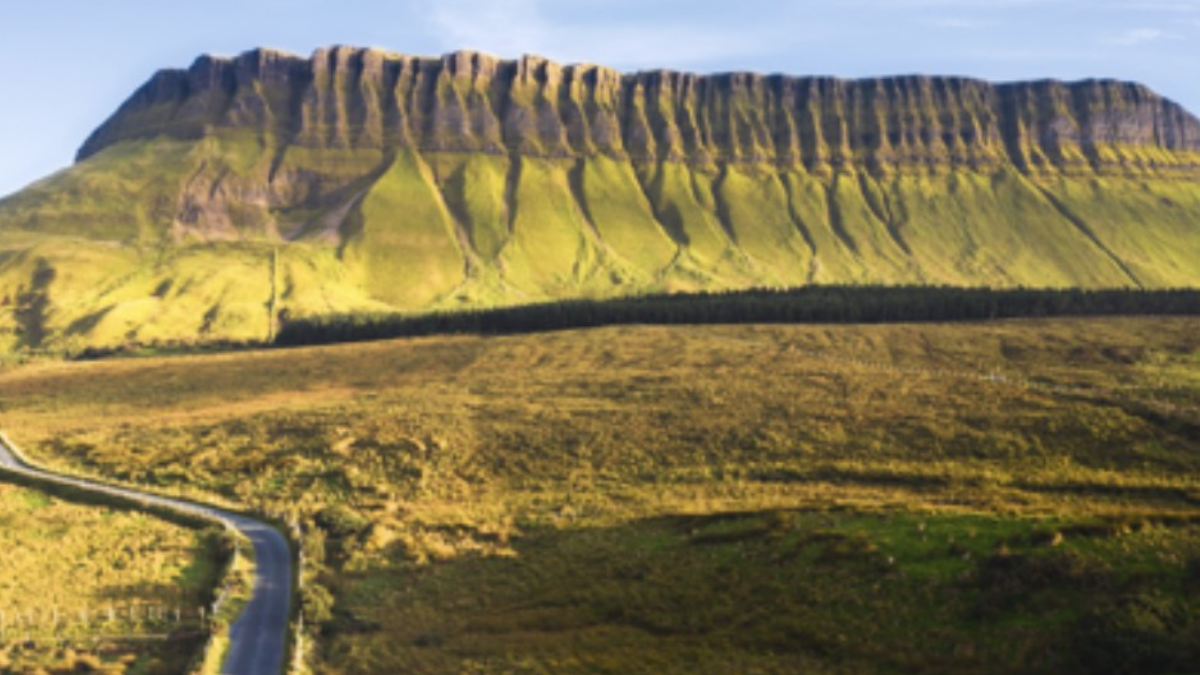The red ruffed lemur (Varecia rubra) is one of two species in the genus Varecia, the ruffed lemurs; the other is the black-and-white ruffed lemur (Varecia variegata). Like all lemurs, it is native to Madagascar. It occurs only in the rainforests of Masoala, in the northeast of the island.
Is the Red-ruffed lemur an endangered animal?
Red–ruffed lemurs are classified as Endangered by the IUCN Red List. Unfortunately their population in the wild is unknown, although it is known to be low and declining. The red–ruffed lemur are maily threatened by habitat loss and being hunted for food.
It is one of the largest primates of Madagascar with a body length of 53 cm, a tail length of 60 cm and a weight of 3.3–3.6 kg. Its soft, thick fur is red and black in color and sports a buff or cream colored spot at the nape, but a few are known to have a white or pink patch on the back of the limbs or digits and a ring on the base of the tail in a similar color.
Ruffed lemurs are the largest members of the family Lemuridae, with this species being the larger of the two. They weigh 3.3–3.6 kg (7.3–7.9 lb).They are about 53 cm (21 in) long, with a 60 cm (24 in) tail. Females are slightly larger than males.They have slender bodies and long legs. Red ruffed lemurs have a narrow snout with small back ears that are sometimes hidden by their long fur. They groom themselves using their toothcomb.
As their name would suggest, they have a rust-coloured ruff and body. Their heads, stomachs, tails, feet, and the insides of their legs are black. They have a white patch on the back of their neck, and may also have white markings on their feet or mouth.
About Dublin Zoo
Dublin Zoo opened its doors on September 1, 1831. Founded as a private society by anatomists and physicists and supported by wealthy subscribers.
In 1840, featuring 46 mammals and 72 birds donated by London Zoo, the radical decision was to throw its gates open to the public for a penny on Sundays. This gesture, remarkable for that time, established the affectionate relationship that still exists between Dubliners and the ‘ah-Zoo’ in the Phoenix Park.
Now, utterly transformed, Dublin Zoo’s 28 hectares is attracting over one million visitors a year. Officially Ireland’s biggest family attraction, not only offers a great day out for all, but also a journey of learning and discovery about the world’s precious wildlife.
Animals at Dublin Zoo live enriched lives in natural social groups, they are fit and healthy, able to breed and raise their own young. They can be observed in naturalistic spaces with vegetation, substrate and water features that reflects their native habitat.
Dublin Zoo is managed by caring zoo professionals who devote their lives to the welfare and care of animals and to understanding their needs. They are knowledgeable about the natural habitat of the animals, diet, genetics, animal health and social grouping.
Modern Zoos, like Dublin, adhere to strict codes of practice in animal welfare laid down by European and Global Associations. Through such organisations, partnerships among Zoo’s and other kindred institutions, agencies and individuals are encouraged. This in turn leads to opportunities for co-operative research in conservation, biological and veterinary sciences.
By supporting specific research staff, collaborative partnerships with universities and regular publications, symposia and workshops they constantly develop knowledge, understanding and expertise.
Dublin Zoo financially supports a variety of conservation projects of which great apes, tigers, rhinos, golden lion tamarins, African wild dogs and amphibians have been recipients. More information here
Save Irish Tourism Action Plan
WATCH – How your Tourism or Leisure Business should respond to CoronaVirus
LISTEN – Earth Chats on Spotify




